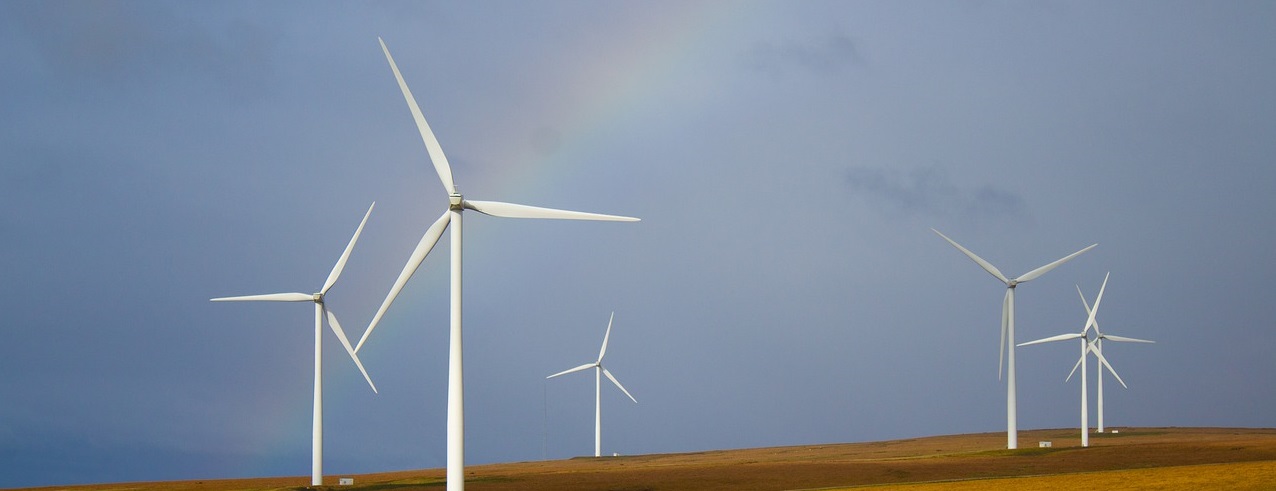How does one invest in renewable energy? Before answering the question, let’s first understand what is meant by renewable energy. Renewable energy also referred to as clean energy, is energy that comes from sources that are naturally replenished. This includes solar energy, wind energy, geothermal energy, and energy from falling water and oceans. It also includes energy sources such as biogas and liquid biofuels.
The importance of renewable energy needs to be understood in the context of a rise in global energy demand. According to a projection made by the U.S. Energy Information Administration, global energy consumption will increase 50% in the next 30 years. Renewable energy sources, which include solar and wind, will also grow at the same rate.
Fossil fuels such as coal lead to an increased amount of carbon dioxide in the air, which results in an alarming rise in global temperatures. Climate change is now a big threat to human civilization, and there is an urgent need to move away from fossil fuels. For this reason, many countries are trying to replace fossil fuels with renewable energy sources, and have set up zero net carbon emission targets.
Renewable energy as an investment opportunity
In a broader sense, renewable energy would refer to investment in technologies that can replace fossil fuels with renewable energy sources. It can also refer to supplementary technology that can play a role in helping the world transition to green energy. An example would be battery technology that can help transport networks shift to clean fuel or smart grids, which may help reduce energy wastage.
Since the world is making an effort to move towards renewable energy sources, there is a big market for companies in the renewable energy sector. The global renewable energy market stood at $881.7 billion in 2020, and is projected to reach $1,977.6 billion by 2030, growing at a CAGR of 8.4%.
In addition, according to the International Energy Agency (IEA), by 2050, renewable energy will account for almost 90% of global electricity generation. Solar photovoltaics and wind will contribute nearly 70% of that. This will require huge investments to create new capacity, modernize grids, and store power. According to estimates by the IEA, annual investments in clean energy need to more than triple by 2030 to $4 trillion. Over the next three decades, this could mean well over $100 trillion when it comes to clean energy investments.
How to invest in renewable energy
There are options to invest in renewable energy in India, but investing in the US markets gives you exposure to some of the leading companies in the renewable energy space. Let us look at ways you can invest in renewable energy.
Invest in renewable energy directly by buying stocks
The direct way to invest in renewable energy is to invest in renewable energy stocks. While we may know some of the largest tech companies in the world, we may not be aware of clean energy stocks. Also, researching individual companies may require a fair bit of expertise.
Invest in renewable energy through ETFs
A more convenient way of investing in renewable energy can be through Exchange Traded Funds (ETFs). As we have seen, clean energy can refer to not just renewable energy, but a host of enabling technologies. Investing in clean energy ETFs is is way to invest in a broad portfolio of companies in the clean energy space.
One such ETF is the ALPS Clean Energy ETF (ACES), whose investment results (before fees and expenses) correspond to the performance of the underlying CIBC Atlas Clean Energy Index, an adjusted market cap index designed to provide exposure to a diverse set of US and Canadian companies involved in the clean energy sector, including renewables and clean technology. Another example is the Invesco WilderHill Clean Energy ETF (PBW), which is based on the WilderHill Clean Energy index. The index is composed of stocks of companies that are publicly traded in the United States and are engaged in the business of cleaner energy and conversation.
There are also ETFs that let you focus on a specific type of renewable energy. For example, if you are betting on solar energy, you can invest in the Invesco Solar ETF (TAN) which is based on the MAC Global Solar Energy Index, an index which is composed of companies in the solar energy industry. Similarly, the First Trust Global Wind Energy ETF (FAN) tracks the performance of public companies throughout the world that are active in the wind energy industry.
As we have seen, investing in renewable energy may be a good opportunity for investors. However, it is recommended that you tailor your investments to your risk appetite and consult your investment advisor before making any investment decisions.









